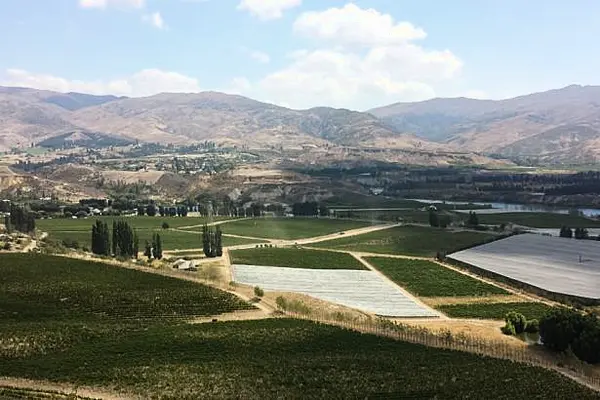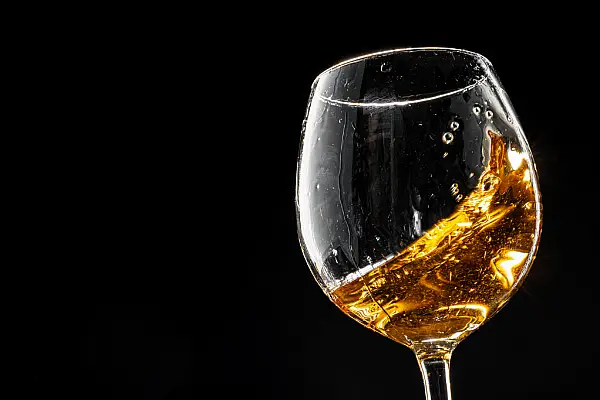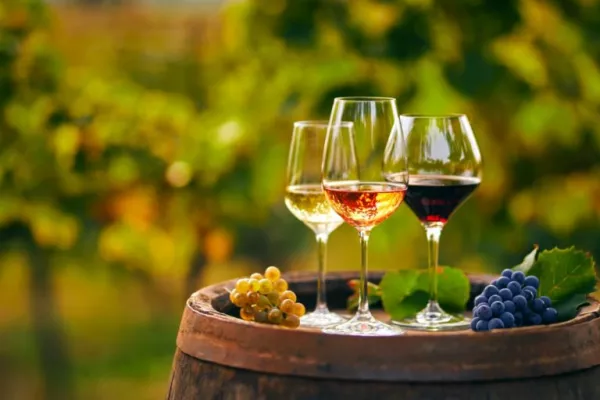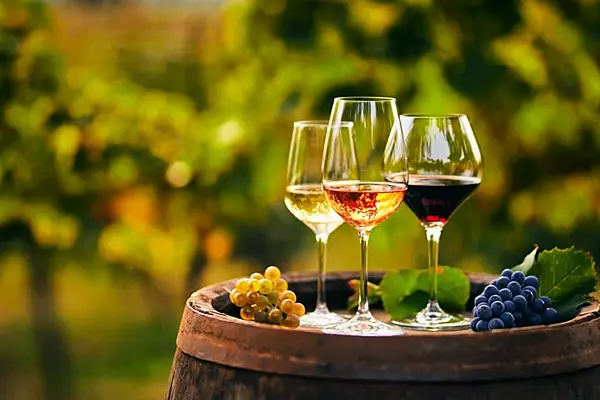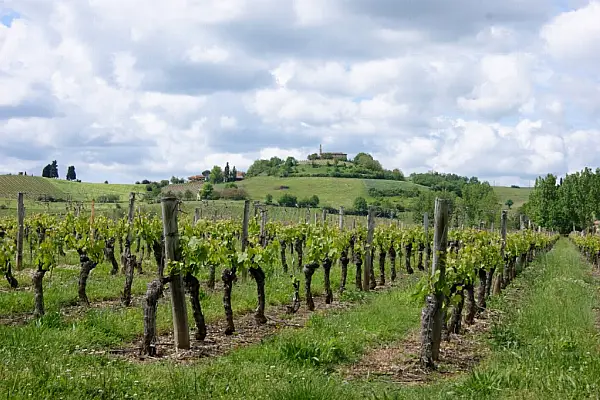In the predawn hours of 27 April, as temperatures across Bordeaux plunged below freezing, the normally dark and deserted vineyards suddenly sprang to life. Armies of workers decamped into the fields, fires raged and giant fans and helicopter blades whipped up the icy air.
The invading enemy: A frost that threatened one of the world’s most valuable crops, the grapes that produce $4,000 bottles of Chateau Petrus and other prized wines.
The cold, which caused at least €1 billion of damage in what France’s winemakers call the biggest disaster in a quarter century, is the latest blow to a French industry that exported €8.25 billion worth of wine in 2016 but has lost share globally in recent years. As frost ravaged vineyards from Bordeaux to Burgundy to Champagne, a grower’s fate depended on resources, planning, location and not least, luck.
Among the shivering workers in Bordeaux that night was Ines de Bailliencourt of Pomerol estate Chateau Gazin, who quickly realized she was facing the biggest frost menace to her vines since the great freeze of 1991 that wiped out 90 percent of the vineyard. This time she says the estate was better prepared to ward off the pre-dawn freeze, lighting hundreds of giant, heat-producing candles to warm the vines.
“We were lucky,” said De Bailliencourt, whose family has owned Gazin for the past century and sells its wine for $50 to $100 a bottle. “We lit fires everywhere. It was a first for us.”
Saint-Emilion
Less than 10 kilometers (6 miles) to the south, just below the historic town of Saint-Emilion, others were facing greater losses. Unlike Gazin, on the region’s plateau, Chateau Canon La Gaffeliere sits on low-lying ground near a railway line and was more vulnerable to pockets of freezing air forming below the slopes. More than 70 percent of the vines in the estate were damaged, according to Magali Malet-Serres, who works at the winery.
Some other Bordeaux chateaus say they lost almost everything. Champagne and Burgundy suffered less but this is the second straight year of deep freezes for those regions.
While global warming has generally led to earlier harvests and riper grapes, cold weather remains an annual threat in France. This year the risk was acute because of an early spring that caused vines to bud just as wintry weather returned. Vintners can buy frost insurance, but few do because it’s expensive and of little value for prestigious producers as it covers only the value of the grapes lost, not the full amount of the wine in bottle. Growers are generally not eligible for disaster relief, the Agriculture Ministry said.
Frost affected as much as 60 percent of the Bordeaux wine-growing areas and will cut volume of the 2017 vintage by as much as 40 percent, according to the Bordeaux wine federation FGVB. That means at least 1 billion euros in lost production from that region alone, out of normal annual revenue of 3.5 billion to 4 billion euros, the organization said. In Burgundy’s Chablis, 1,500 hectares (3,700 acres) of 5,300 hectares was affected, according to the regional wine board.
1945, 1961
Bordeaux vintners were quick to note that great years like 1945 and 1961 were also hit by frost, with the surviving grapes ripening to perfection. The prospect of tighter supply could fuel demand for the region’s lauded 2016 vintage, just as the annual “en primeur” sale of futures gets under way.
In Champagne, as much as one-quarter of vines owned by the region’s 15,000 growers might be damaged, according to the industry’s trade body in the U.K. Because most Champagne is a blend of vintages, houses such as Laurent Perrier and LVMH-owned Moet & Chandon can tap into the equivalent of 200 million bottles kept in reserve tanks, along with a further 1.3 billion bottles aging in cellars. Producers say that will tide them over for now, but if the run of bad luck continues next year, shortages will appear.
“It’s a frost like we haven’t seen since 1991,” said Paul-Francois Vranken, chief executive officer of Vranken-Pommery Monopole SA. “We’re worried.”
Champagne has already been hit by a 14 percent drop in exports to the U.K. last year. Sales in Britain, the region’s largest overseas market by volume, have suffered from the plunge in the pound since the vote to leave the European Union last June.
While France was most affected, April’s frost damage spread across much of wine-producing Europe, damaging the vineyards that produce riesling in Germany, sparkling wine in southern England and Prosecco in northern Italy. While some Mediterranean regions were spared, the cold also killed off apples, cherries and other crops.
‘All Hands’
In France’s Burgundy, growers were well-organised after a deep frost last year. This time around, when the forecasts predicted another freeze, they arranged a text-message chain and delivered hay bales to strategic spots. Beaune-based grower and merchant Alex Gambal woke at 5 a.m. on April 29 to clear skies and plunging temperatures. By 6:45 a.m., he said, bonfires created a purple haze across the vineyards.
“It was all hands on deck,” Gambal said. “Some of the old-timers compared it to 1957 and 1981. But a lot of them said they had never seen anything like it.”
News by Bloomberg, edited by Hospitality Ireland
